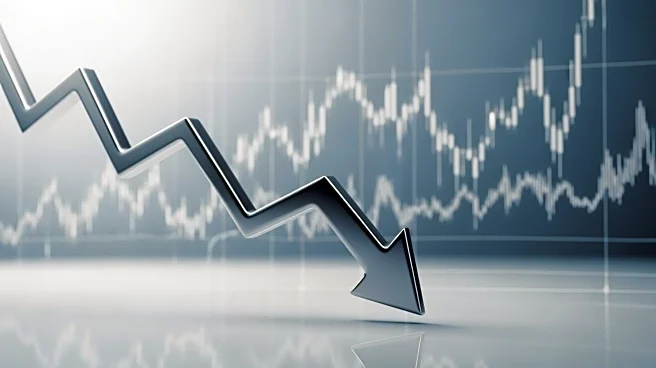What's Happening?
The S&P 500 has recently experienced increased volatility, marking a departure from its previously steady and low-volatility trend. This change is highlighted by a series of six absolute 1% daily moves
within a four-week span, the most since April. Historically, the market has seen fewer such moves, with only one month since April registering more than four absolute 1% changes. The recent volatility includes two 1% declines in the past four days, contrasting with minor gains of 0.30% and 0.20% on other days. This pattern suggests a potential shift from the 'buy-the-dip' behavior that has characterized the market since April. Additionally, the MACD indicator has triggered a sell signal, although previous signals since May have not led to significant downturns.
Why It's Important?
The increased volatility in the S&P 500 could signal a broader shift in market dynamics, impacting investors and financial markets. If the trend continues, it may lead to a more cautious investment environment, affecting stock prices and investor confidence. The potential for a larger market correction could influence economic stakeholders, including businesses and policymakers, who rely on stable market conditions for planning and decision-making. A shift towards higher volatility could also affect individual investors, who may need to adjust their strategies to manage risk effectively.
What's Next?
Market participants will closely monitor technical indicators like the MACD and RSI for further signs of a sustained shift in market dynamics. If volatility persists, it could prompt a reevaluation of investment strategies and risk management practices. Investors may also look for opportunities to capitalize on market fluctuations, while policymakers might consider measures to stabilize the financial markets. The response of traders to oversold conditions will be crucial in determining whether the recent volatility is a temporary shakeout or the beginning of a more volatile market environment.











